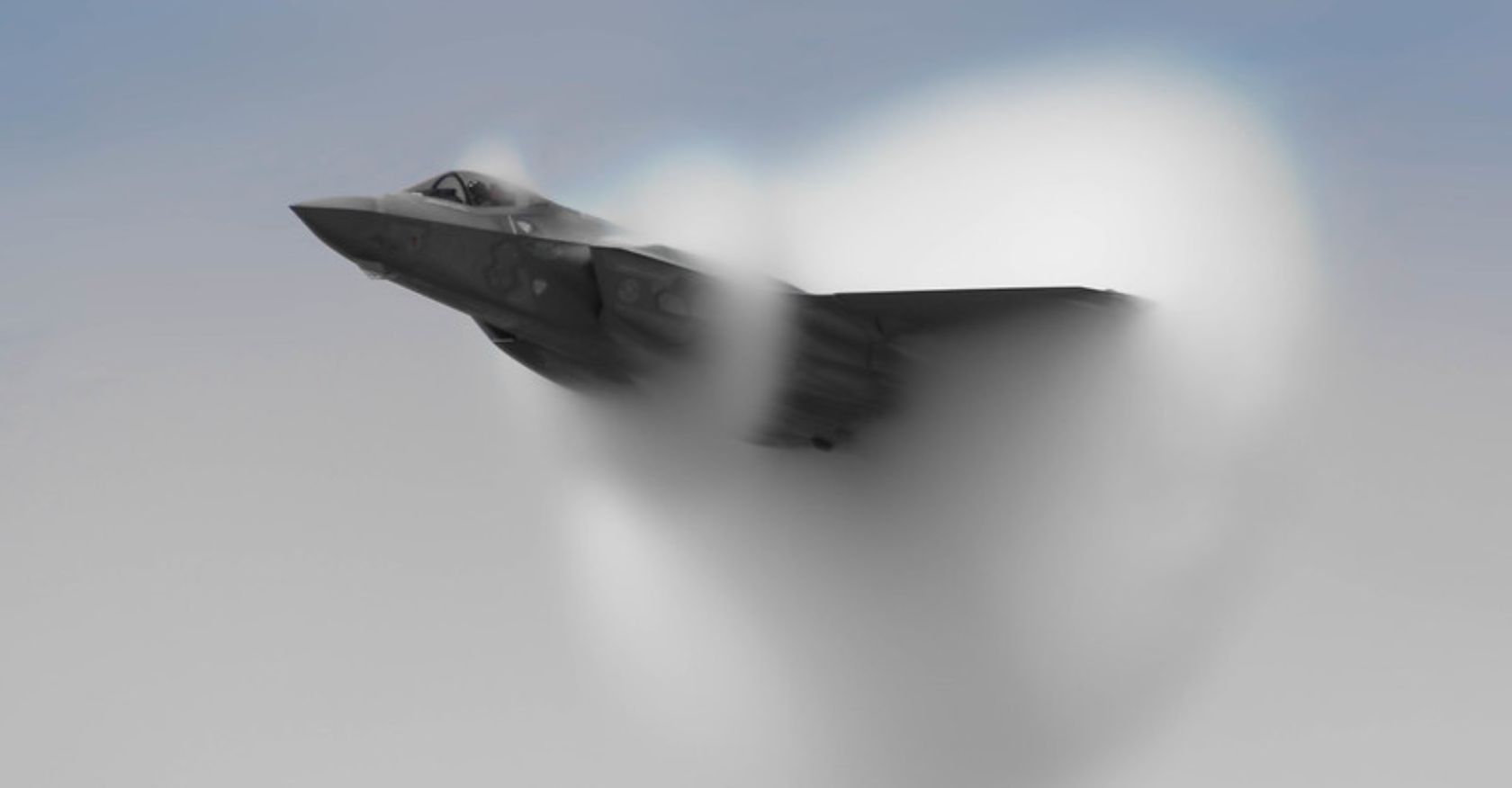The concept of the "sound barrier" is deeply entrenched in aviation history, marking a critical turning point that ushered in a new era of supersonic flight. This barrier, often described as an invisible wall, represents the moment when an aircraft attains a speed equal to or greater than the speed of sound, creating a shockwave accompanied by a sonic boom. The breakthrough of this sonic barrier, symbolizing a leap into the future, was a defining moment in the world of aviation.

On October 14, 1947, a significant chapter in aviation history was written when the Bell X-1, piloted by the fearless U.S. Air Force Captain Chuck Yeager, pierced through the sound barrier. The journey leading up to this pivotal moment had been a testament to human innovation, determination, and courage.

The Bell X-1, also known as the "Glamorous Glennis" after Yeager's wife, was a rocket-powered aircraft specifically designed for supersonic flight. On that fateful day, with the X-1 perched atop a B-29 bomber, Yeager prepared to make history. As the aircraft reached an altitude of 45,000 feet, the rocket engines were ignited, and Yeager experienced the powerful acceleration that would push him beyond the speed of sound.

The sound barrier had always been considered an insurmountable obstacle, as it was believed that any aircraft approaching this threshold would be subjected to violent turbulence, extreme forces, and potential disintegration. It was a moment of great uncertainty, but Yeager's unparalleled piloting skills and nerves of steel allowed him to persevere.
As the X-1 accelerated, it reached a speed of Mach 1, marking the exact moment it broke through the sound barrier. The defining event was accompanied by a thunderous sonic boom, which echoed through the skies, breaking the silence and creating a deafening roar that could be heard for miles. The sky had become the canvas for this historic achievement, as Yeager had succeeded where others had faltered.
Yeager's bravery and the groundbreaking flight of the Bell X-1 not only shattered the sound barrier but also shattered preconceived notions of what was possible in aviation. This pivotal achievement was the catalyst for the development of supersonic and hypersonic flight, laying the foundation for the advanced aircraft and technology that we see today.
In the decades that followed, the "wall of sound" became a symbol of human progress and innovation, leading to the development of supersonic airliners and military aircraft capable of reaching speeds unimaginable to earlier generations. The legacy of Captain Chuck Yeager and the Bell X-1 serves as a testament to the indomitable spirit of exploration and the relentless pursuit of pushing boundaries.
In the annals of aviation history, the breaking of the sound barrier remains an iconic moment when human ingenuity and determination pierced through a literal and metaphorical "wall of sound," opening up a world of possibilities for the future of flight. Captain Yeager's pioneering flight forever transformed the way we travel, pushing us beyond the limits of what was once thought achievable in the world of aviation.






